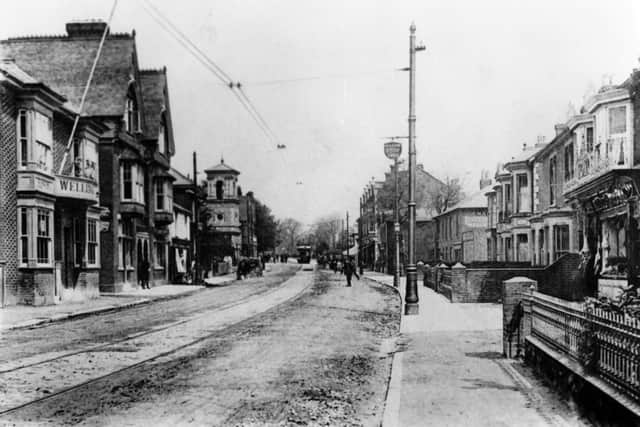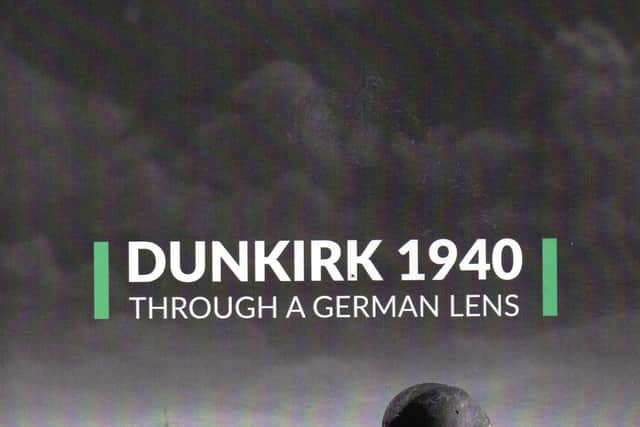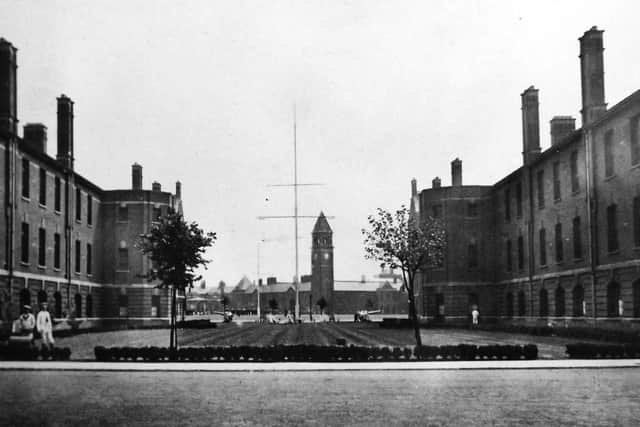Waterlooville restaurant is an important piece of town’s history – Nostalgia


Luckily, Mick Forfar and his wife Liz came to the rescue and become the historic building’s saviours.
They completely rebuilt the inside of the pub at a cost of £500,000 and renamed it the Number 73.
Advertisement
Hide AdAdvertisement
Hide AdIt has seen an upsurge in people visiting Waterlooville ever since.


The photograph, above, shows tram lines from Cosham to Horndean outside the front door so it could be dated pre-1935 or perhaps a year or two later after the tram service had ceased to run.
If someone could date the car on the right then perhaps we could have a closer date.
Looking north along London Road in the 1920s, below, we can see the aforementioned Wellington Inn on the left. In the distance a tram heads for Horndean. The track through the village was single lined with passing loops.
Advertisement
Hide AdAdvertisement
Hide AdThe tall church building on the left marks the crossroads with Hambledon Road to the left and Stakes Hill Road to the right. Apart from the pub everything you see here has been swept away and is now all shops and restaurants.


I don’t suppose any readers interested in the British Army thought German soldiers would carry cameras around with them. I’m glad to say many did and their efforts were made into a book about the after-effects of the British escape from Dunkirk in 1940.
There are more than 200 photographs taken by German soldiers all of superb quality. Most are of the beachhead after the withdrawal, although there are many of the town.
I am glad to say that photographs of the dead are kept to a minimum although there are a few of graves on the beach.
Advertisement
Hide AdAdvertisement
Hide AdHaving said that, the concept of the human suffering does not come over but as the German’s had an indifferent approach to the British then and the photographs reflect this.


A quite superb book for anyone interested in military history from the other side. Dunkirk 1940, Through a German Lens by Alan Ranger is published by Camera On.
The amazing and rare photograph, below, is of the interior of the Royal Naval Barrack, Queen Street, Portsea. I would imagine it was taken a few years after the opening of the barracks in 1906.
Each side of the lawned area to the front are barrack blocks in which men would have slept on hammocks. In the distance is the chapel which still survives but is now, I am told, a gymnasium.
What mast is impressive, although I would think it was only used as a saluting and flag pole. The sailors are in white duck suits – the work uniform of the day.